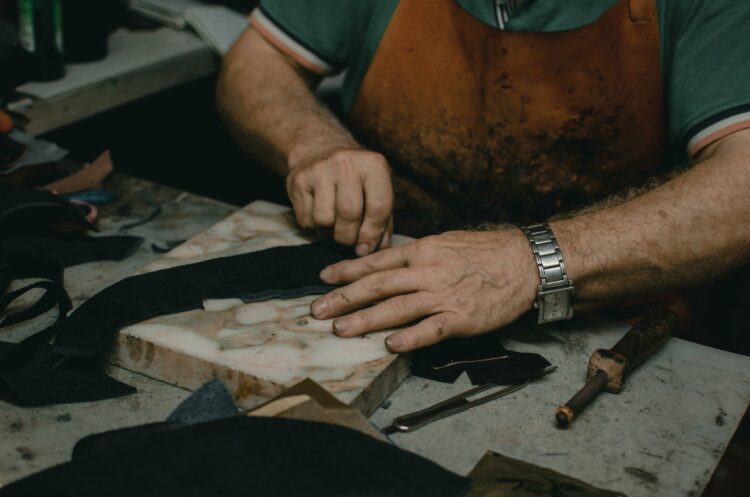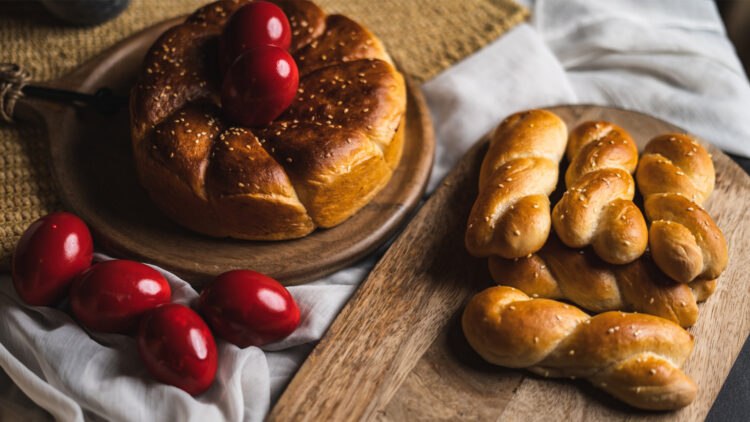Crete is renowned not just for its stunning landscapes, but also for its rich traditions in craftsmanship. Two of the most iconic and beloved crafts on the island are weaving and leatherworking—both of which have been passed down through generations, deeply rooted in Cretan culture and history.
1. Cretan Weaving: Tradition Woven in Time
Weaving has been an essential part of Cretan life for centuries. Using natural fibers like wool and cotton, local artisans create beautiful, intricate textiles. The island’s weaving tradition dates back to the Minoan civilization, and today, many artisans still use traditional looms to craft rugs, blankets, and other woven items.
Cretan weavings are known for their vibrant colors and geometric patterns, often inspired by nature and the island’s history. Kourelou (woven rugs) and floor coverings are among the most famous products. Each item is handcrafted with attention to detail, making every piece unique.
Where to Find It:
- Anogeia and Margarites are great places to discover handmade textiles and watch weavers at work.
For the Cretan people, weaving is not only a craft, but also a cultural expression, representing generations of tradition and identity.
2. Leatherworking: From Sandals to Saddles
Leatherworking is another iconic craft that thrives on Crete. The island’s long history of animal husbandry has given rise to a tradition of crafting beautiful leather goods. Cretan leather artisans create everything from the famous Cretan sandals to belts, bags, and even saddles.
Cretan sandals, in particular, are known worldwide for their comfort and timeless style. Made from soft, locally sourced leather, they are simple yet elegant and perfect for the Mediterranean climate. Leather bags, wallets, and accessories are also popular items, each crafted with care and precision.
Where to Find It:
- Heraklion, Chania, and Rethymno are home to numerous leather workshops where visitors can buy handcrafted products and learn about the craft.
Leatherworking reflects the island’s connection to nature and its resources, with each handcrafted item telling a story of craftsmanship and tradition.
Where to Experience Cretan Crafts
To truly appreciate these crafts, visiting local workshops is a must. In many villages, artisans still use traditional techniques passed down through generations. Visiting these workshops allows you to not only purchase unique, handmade goods, but also witness the craftsmanship firsthand.
Cultural festivals across Crete also offer a great opportunity to explore local crafts. During these events, artisans often display their work, offering a chance to interact with them and learn more about their craft.
Conclusion: Preserving the Craft of Crete
Cretan weaving and leatherworking are more than just crafts, they are a living connection to the island’s past. Supporting local artisans helps preserve these centuries-old traditions, while also giving visitors a chance to take home a piece of Crete’s cultural heritage. Whether it’s a woven rug or a pair of handcrafted sandals, these products are imbued with the island’s spirit and timeless beauty.









